 Institutions play a crucial role in the ability of vulnerable systems to cope with and adjust to change and uncertainty. They can either enable or constrain access to resources, markets, regulations, information, finance, and technologies, among others, which are key to overcome the challenges and benefit from the potential opportunities posed by climate change.
Institutions play a crucial role in the ability of vulnerable systems to cope with and adjust to change and uncertainty. They can either enable or constrain access to resources, markets, regulations, information, finance, and technologies, among others, which are key to overcome the challenges and benefit from the potential opportunities posed by climate change.
Thus, institutions are key determinants of the way in which adaptation processes take place.
Within vulnerable communities, the role of institutions such as local government agencies, farming associations and cooperatives, research organisations, schools and NGOs, contributes to shape adaptive capacities and actions. But in addition to the increasing impacts of climate change, developing country institutions are facing a rapidly changing communication landscape, where the widespread diffusion of Information and Communication Technologies (ICTs) such as mobile phones, Internet, radio and social media, is redefining the way in which information and knowledge are created, managed, disseminated and exchanged.
How can ICTs help to strengthen the role of institutions within climate change adaptation processes?
The National Adaptive Capacity Framework (NAC) developed by the World Resources Institute (WRI) provides a useful basis to explore this question. The framework identifies a set of key institutional functions (i.e. assessment, prioritisation, coordination, information management, and climate risk reduction) that countries will need to perform in order to adapt effectively to the impacts of climate change. While other frameworks focus mainly on the availability of assets as indicators of adaptive capacity, NAC’s main contribution resides in identifying concrete institutional functions to be undertaken and assessed throughout the adaptation process.
The set of functions proposed by the NAC can be used to identify ICT’s potential to strengthen the role of institutions towards the achievement of adaptation goals, as illustrated in Table 1.
|
Institutional Functions Towards Climate Change Adaptation
|
Information and Communication Technologies (ICTs) Potential |
|
1. Assessments to Inform Decision-Making |
ICTs can support institutions in the process of assessing available information (e.g. regarding vulnerability, climatic impacts, adaptive practices) in order to inform decision-making processes. Tools such as Internet-based platforms, mobile phones, radio and e-mail can enable open consultation processes to assess vulnerabilities, identify priorities and adaptation practices, and systematise information gathered at the local level. ICT-enabled models and projections can help institutions to identify and assess current and future climatic risks. |
|
2. Prioritisation of Adaptation Actions |
ICTs such as Geographic Information Systems (GIS), remote sensing and aerial photography can help institutions to identify key issues, areas, sectors or populations that are most vulnerable to the impacts of climate change, in order to prioritise adaptation actions. The use of the Internet, Web 2.0 and social media tools (e.g. blogs, Facebook, Twitter) can support institutional efforts to engage a wide set of stakeholders in the identification of climate change related priorities, and to make the process more transparent. |
|
3. Coordination of Efforts at Multiple Levels |
ICTs can play a key role in the articulation of adaptation efforts among institutions at various levels. The use of e-mail, mobile phones, online forums, discussion lists, wikis, and videoconferences, among others, can facilitate information and knowledge sharing, fostering horizontal coordination (e.g. among government agencies), vertical coordination (e.g. among Ministries and local institutions) and inter-sectoral coordination (e.g. among markets and local associations). |
|
4. Information Management |
ICT tools can support institutions in the process of gathering, systematizing, analysing and disseminating climate change information. The Internet and online training programs can contribute to build institutional capacities and to access relevant information in the adaptation field, strengthening institutional decision-making processes. Widely spread mobile telephony can help institutions to collect and monitor data on local resources (e.g. water levels, deforestation, pests and crop quality problems), while tools such as radio and participative videos can contribute to the delivery of non-technical information in user-friendly formats and local languages. Web 2.0 tools, including blogs and social media sites, provide new channels for the creation and dissemination of information and experiences among a broader set of users. |
|
5. Climate Risk Reduction |
ICTs such as remote sensing and GPS can support institutions in the identification of risks and development priorities within vulnerable areas (including at-risk infrastructure and natural resources). ICT-enabled climate change models and projections can help institutions to identify current and future risks, and engage a wide range of stakeholders in the participatory assessment of adaptation options (e.g. through online consultation processes, online surveys, synchronic and asynchronous interactions). Institutions can also use Internet based applications and participatory videos to document and draw upon traditional knowledge, integrating indigenous practices in the design of climate risk reduction strategies. |
Table 1. Linkages between ICTs and Institutional Functions Towards Climate Change Adaptation.*Adapted from WRI (2009), ‘The National Adaptive Capacity Framework’, World Resources Institute, Washington DC.
The role of institutions is one of the most critical components of adaptation processes, particularly within developing contexts. As this (non-exhaustive) table of examples suggests, ICTs have the potential to strengthen the role of institutions towards climate change adaptation through interventions focused on institutional assessments, prioritisation of actions, coordination of efforts, information management and risk reduction. The realisation of these institutional functions -or their absence- (e.g. the lack of vulnerability assessments or the lack of institutional coordination) can either enable or constraint the implementation of adaptation actions at the national, the sectoral or the community level.
As experiences at the intersection of the climate change, ICTs and development fields continue to emerge, further research will be required on the use of these tools to strengthen the capacity of institutions in the adaptation field, particularly within vulnerable contexts.



 Having a choice plays a critical role within processes of adjustment and change. It involves the assessment and judgement of different options, and the skills necessary to make a decision among alternatives that have a positive value. Thus, ‘having a choice’ has profound implications in the ability of individuals, communities and even nations to cope with and adapt to the impacts of climate change.
Having a choice plays a critical role within processes of adjustment and change. It involves the assessment and judgement of different options, and the skills necessary to make a decision among alternatives that have a positive value. Thus, ‘having a choice’ has profound implications in the ability of individuals, communities and even nations to cope with and adapt to the impacts of climate change.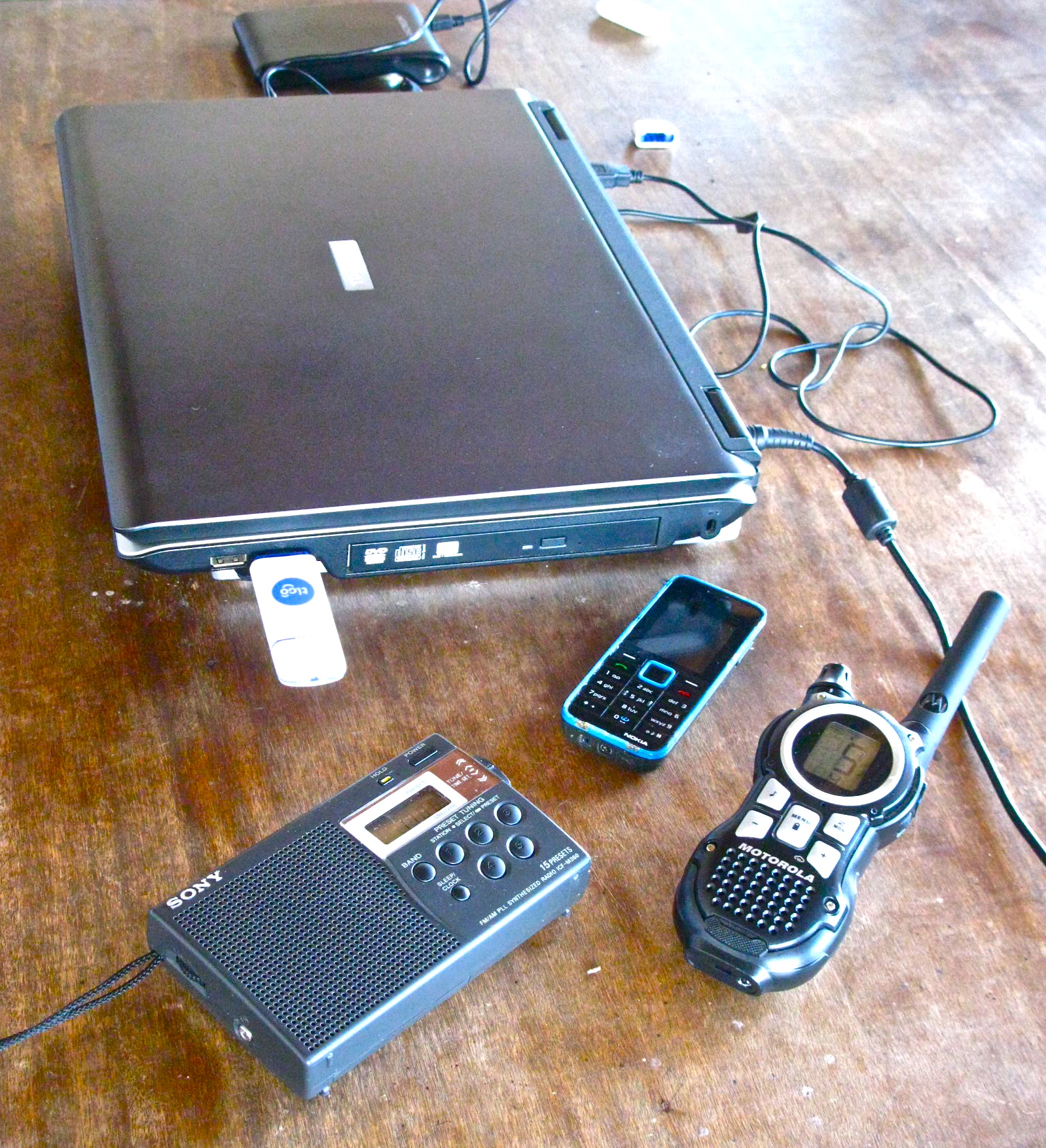
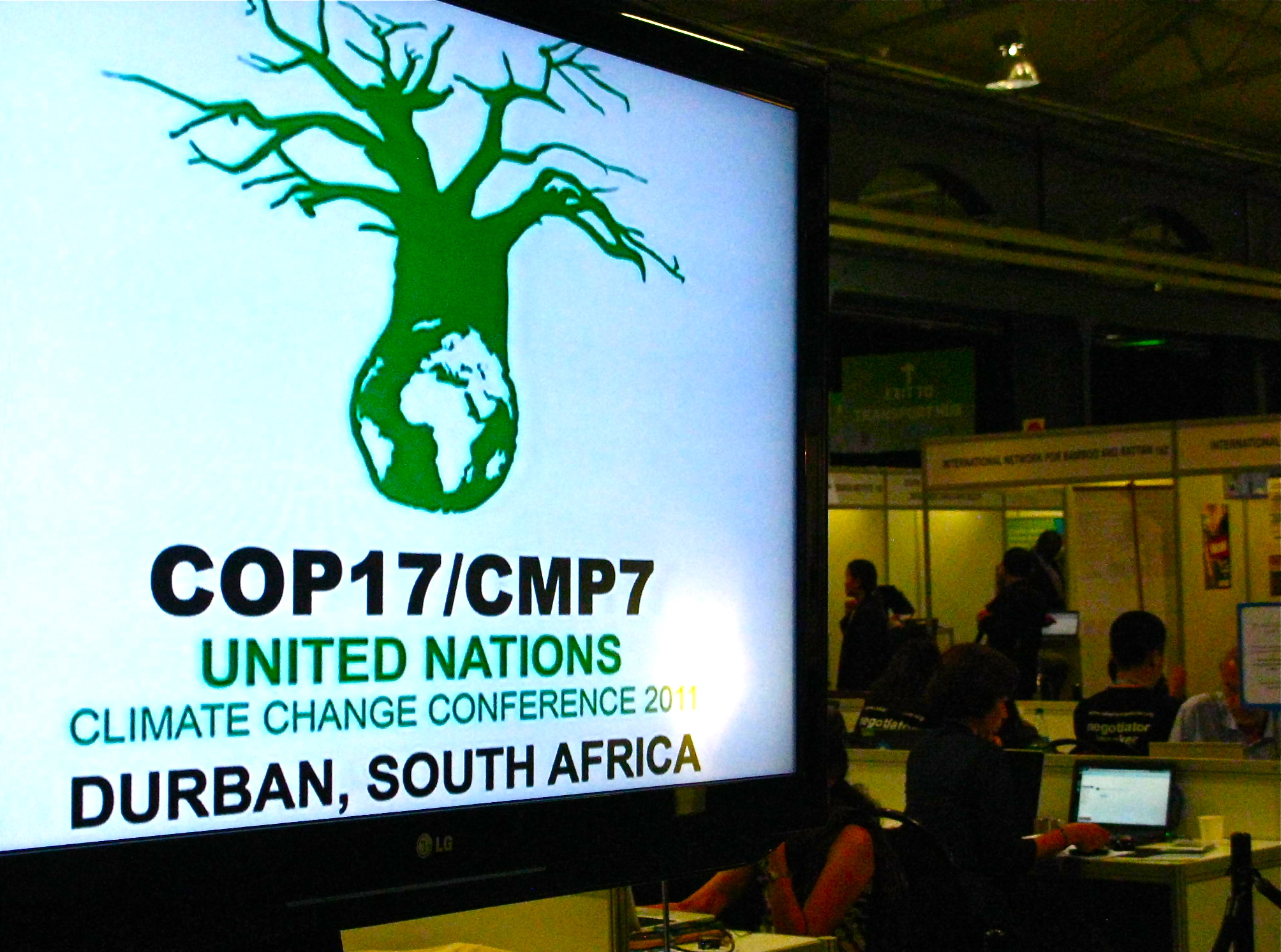 As delegates from around the world are gathered in Durban, South Africa, for a new round of climate change negotiations (
As delegates from around the world are gathered in Durban, South Africa, for a new round of climate change negotiations (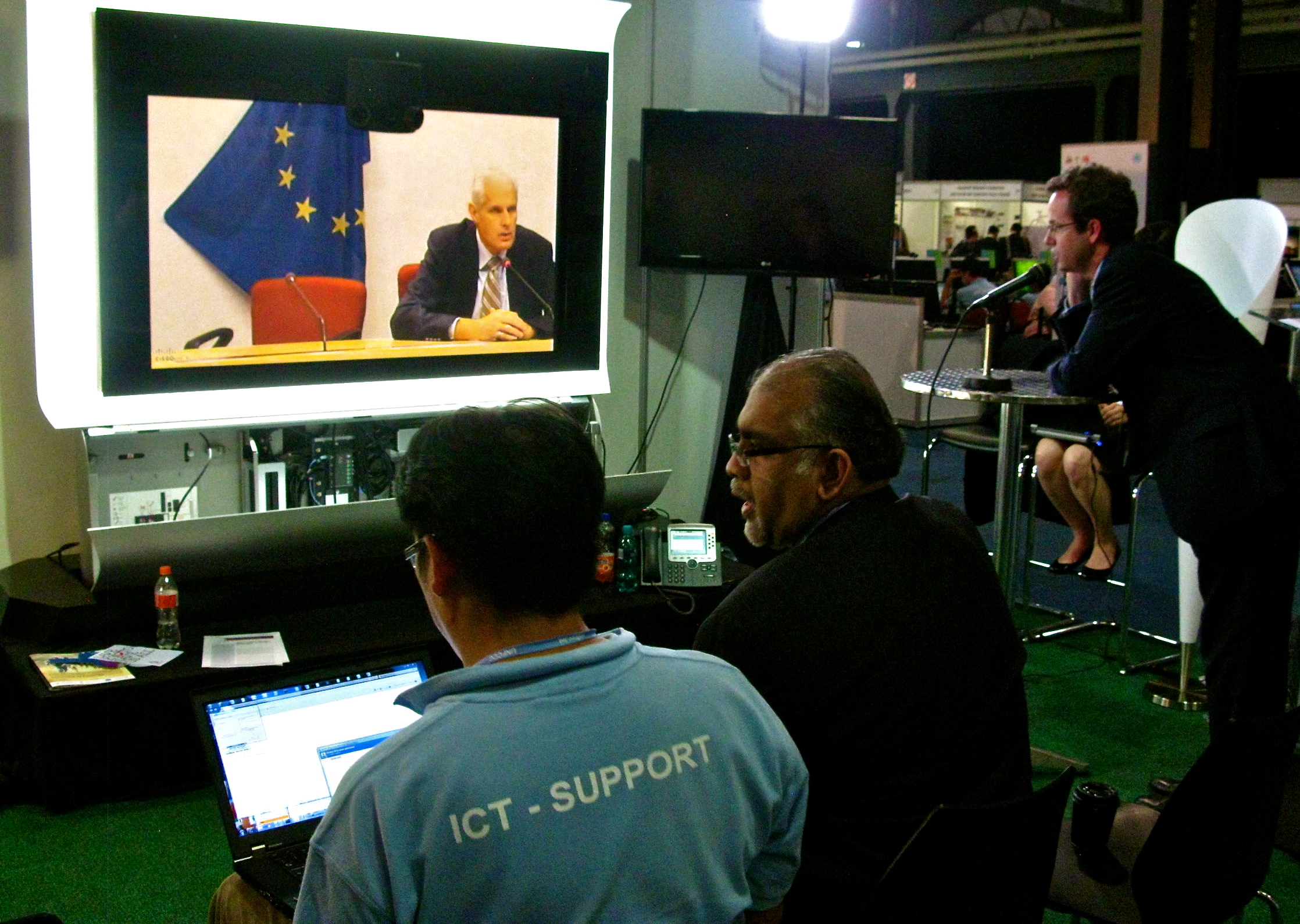 practitioners via tele-presence, and the launch of a ‘PoliWiki’, are among the
practitioners via tele-presence, and the launch of a ‘PoliWiki’, are among the  (In the picture, young delegates share their opinions at the Bloggers’ Loft during COP17). These constitute important efforts to change the perception of climate change actors and decision-makers about the role of ICTs towards climate change goals. One of the main challenges in this regard is to demonstrate that the potential of ICTs goes beyond the provision of relevant and timely climatic information (e.g. through Internet portals, platforms and databases, or early warning systems). ICTs can also play a role towards the implementation of
(In the picture, young delegates share their opinions at the Bloggers’ Loft during COP17). These constitute important efforts to change the perception of climate change actors and decision-makers about the role of ICTs towards climate change goals. One of the main challenges in this regard is to demonstrate that the potential of ICTs goes beyond the provision of relevant and timely climatic information (e.g. through Internet portals, platforms and databases, or early warning systems). ICTs can also play a role towards the implementation of 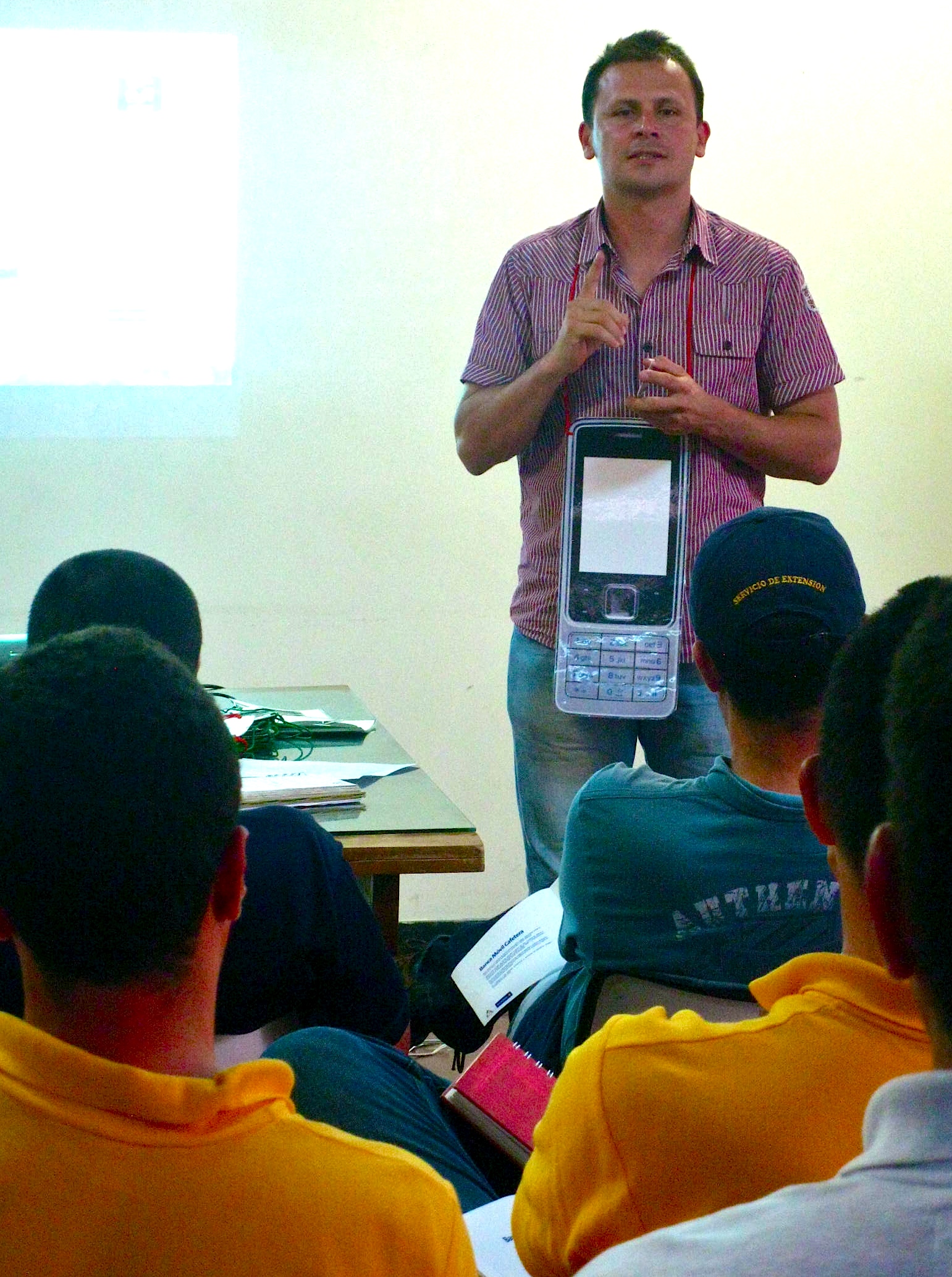 Leadership plays a crucial role within processes of change and transformation, particularly those associated with the impacts of climate change and variability.
Leadership plays a crucial role within processes of change and transformation, particularly those associated with the impacts of climate change and variability.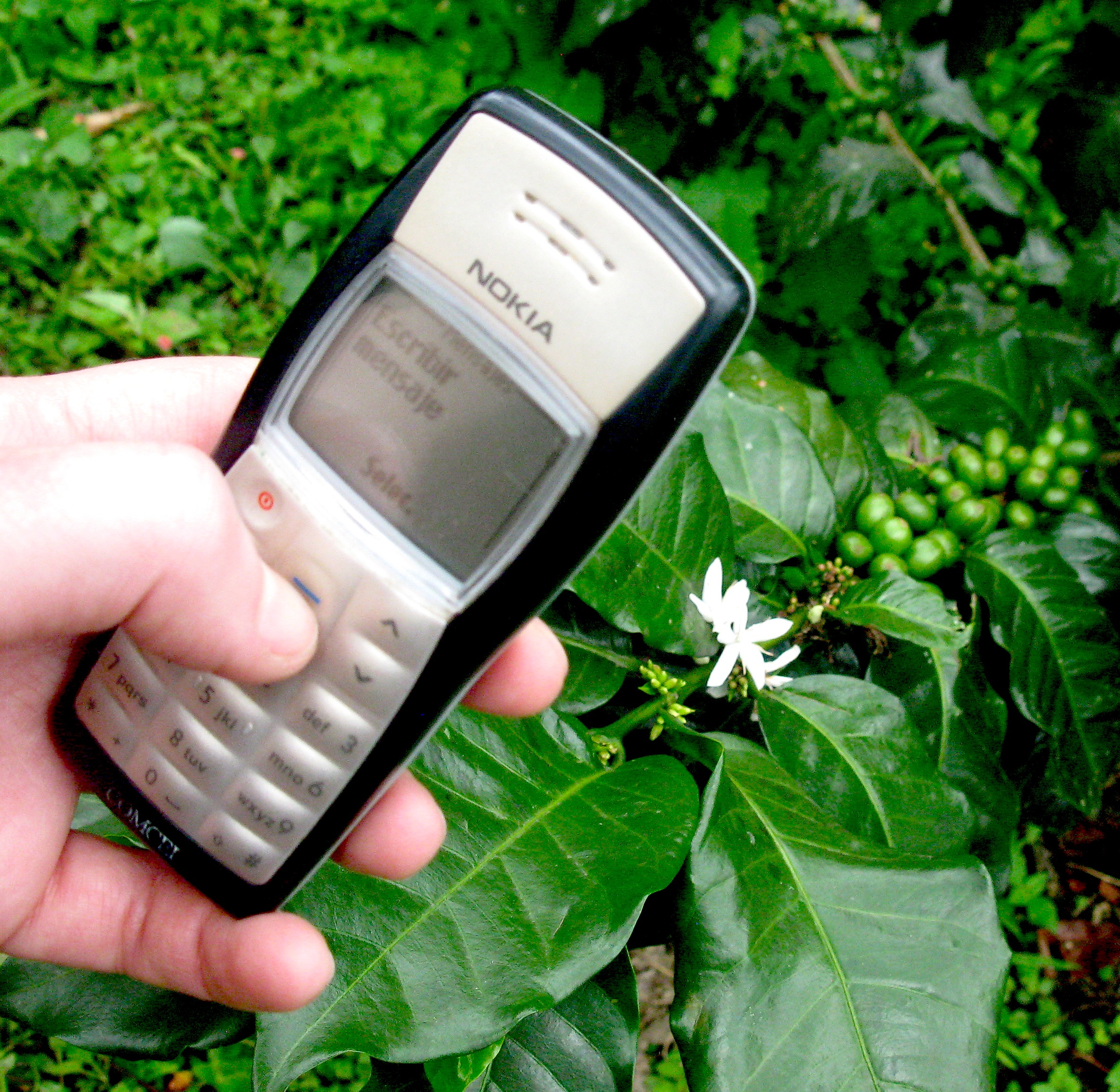 ICTs can support local leadership towards enhanced adaptive capacities in a number of ways, including the following:
ICTs can support local leadership towards enhanced adaptive capacities in a number of ways, including the following: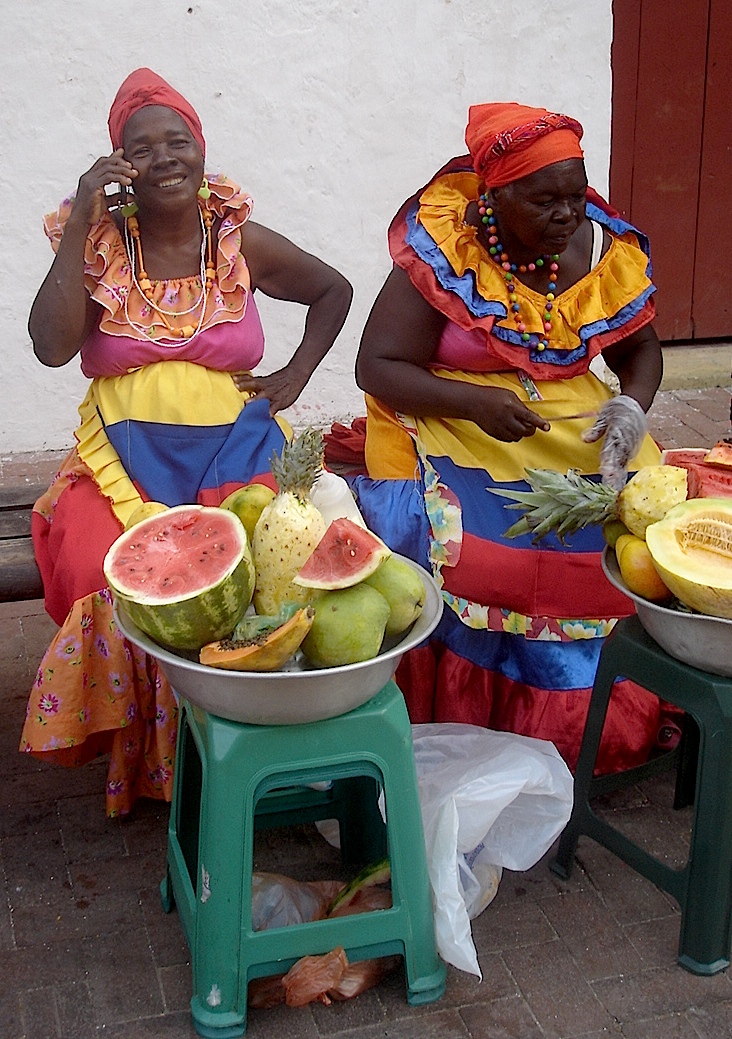 The underlying sense of ‘belonging’ and ‘connectedness’ to a social group can play a key role in the ability of vulnerable communities to cope with and recover from the impacts of climate change.
The underlying sense of ‘belonging’ and ‘connectedness’ to a social group can play a key role in the ability of vulnerable communities to cope with and recover from the impacts of climate change.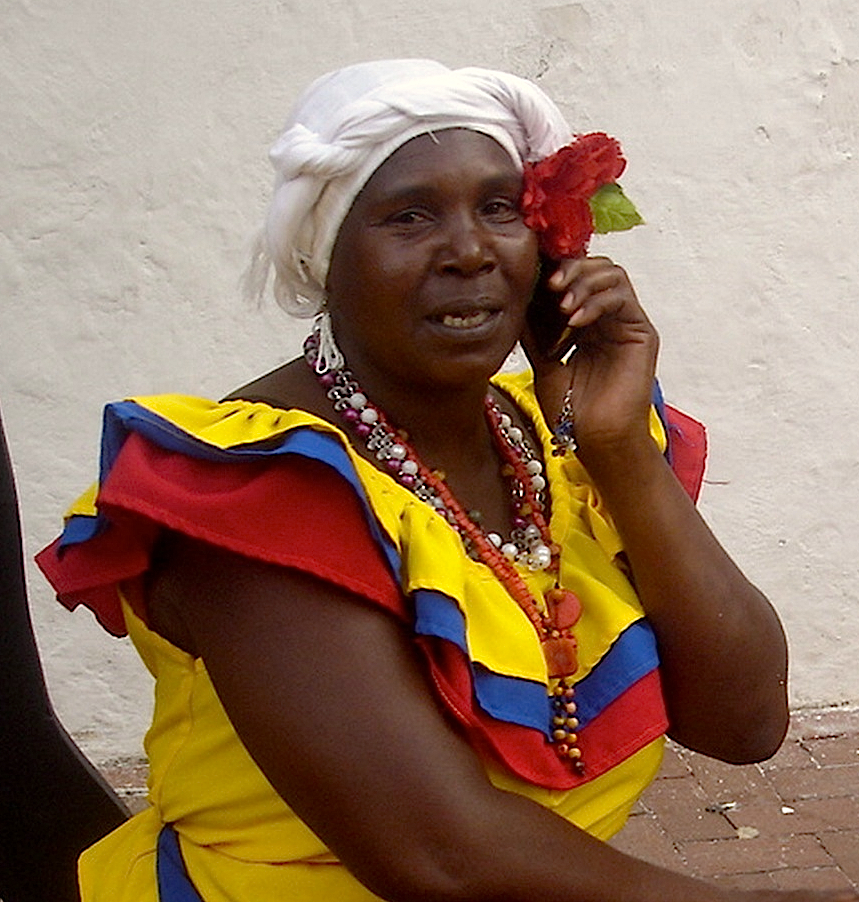 Much as the impact of climatic disturbances, the linkages between cultural identity, resilience & ICTs are complex and multi-dimensional. A series of short documentary films produced by
Much as the impact of climatic disturbances, the linkages between cultural identity, resilience & ICTs are complex and multi-dimensional. A series of short documentary films produced by 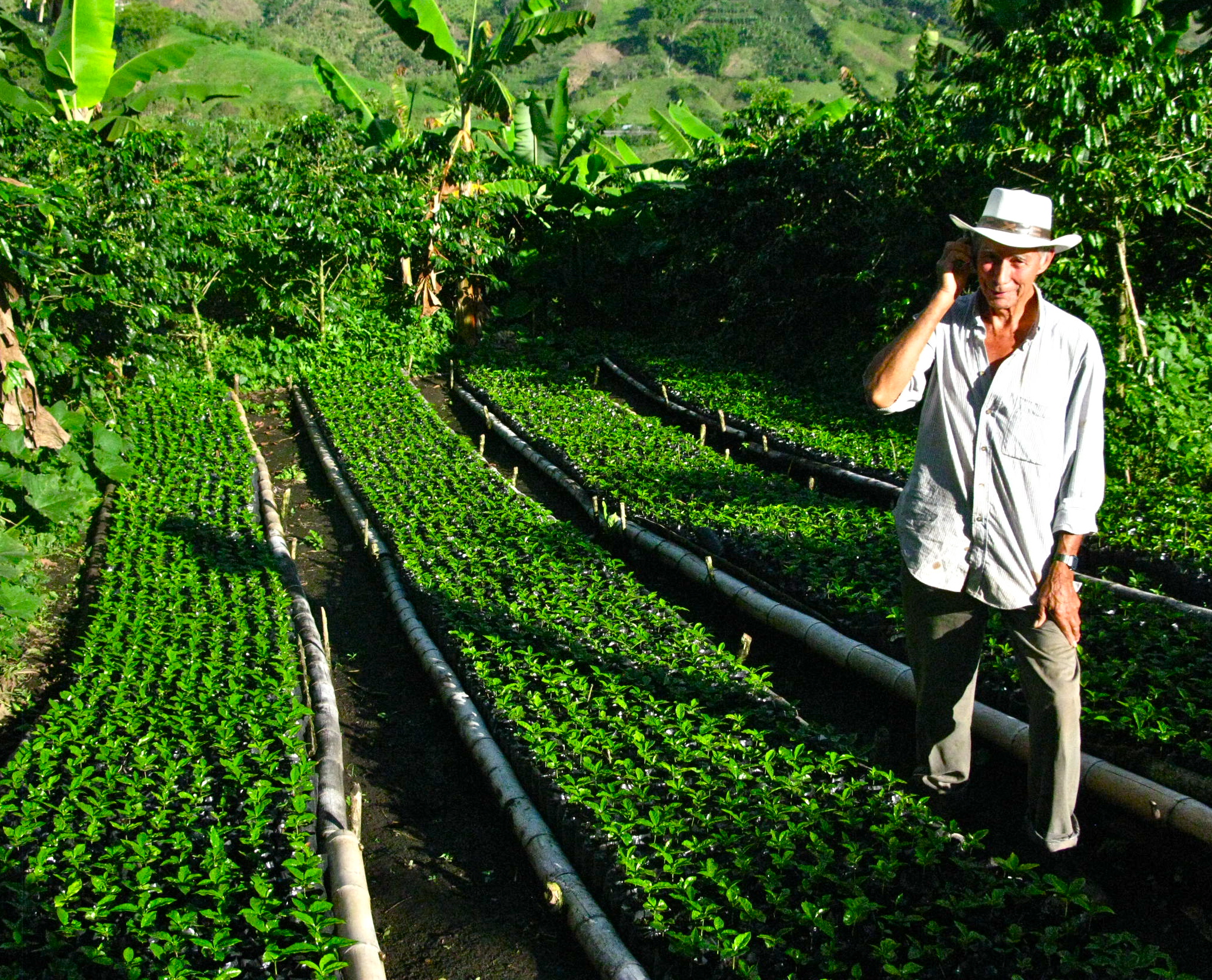 While the need to adapt is undeniable given the challenges posed by climate change and variability, the way in which we understand, approach and enable adaptive change should be given careful consideration, particularly within developing contexts.
While the need to adapt is undeniable given the challenges posed by climate change and variability, the way in which we understand, approach and enable adaptive change should be given careful consideration, particularly within developing contexts.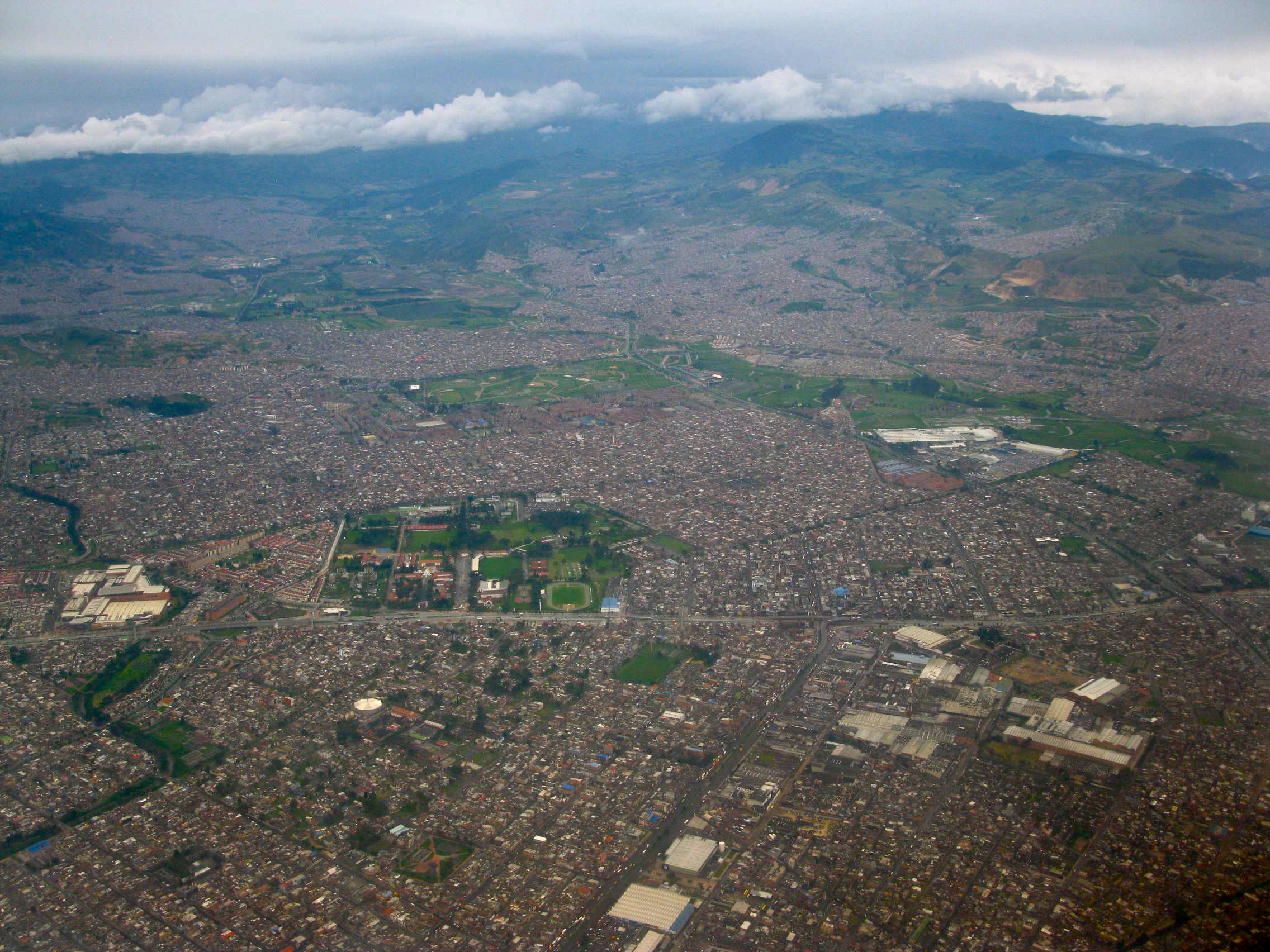 The complexity of urban contexts poses new challenges and opportunities to processes of resilience building. While increasing attention is being paid to the threats posed by climate change and variability to rural environments, urban marginalization poses equally important challenges that need to be examined from a ‘resilience lens’, fostering innovative responses towards urban change and transformation.
The complexity of urban contexts poses new challenges and opportunities to processes of resilience building. While increasing attention is being paid to the threats posed by climate change and variability to rural environments, urban marginalization poses equally important challenges that need to be examined from a ‘resilience lens’, fostering innovative responses towards urban change and transformation. Tools such as Information and Communication Technologies (ICTs) have been diffusing rapidly among the urban poor, providing new livelihood opportunities and fostering entrepreneurship through PC/Internet related microenterprises, mobile phones and associated services and applications (UNCTAD, 2010). Studies suggest that ICTs have helped to improve the availability of information in the informal sector, to reduce transaction costs and improve job creation and access to markets, contributing to income generation (ibid). (In the picture, an informal vendor in Colombia diversifies her income by selling mobile minutes).
Tools such as Information and Communication Technologies (ICTs) have been diffusing rapidly among the urban poor, providing new livelihood opportunities and fostering entrepreneurship through PC/Internet related microenterprises, mobile phones and associated services and applications (UNCTAD, 2010). Studies suggest that ICTs have helped to improve the availability of information in the informal sector, to reduce transaction costs and improve job creation and access to markets, contributing to income generation (ibid). (In the picture, an informal vendor in Colombia diversifies her income by selling mobile minutes). Amidst increasing climatic uncertainty, the challenges faced by low-income urban populations should be met through dynamic, flexible and innovative approaches that foster their capacity to engage, adapt and transform.
Amidst increasing climatic uncertainty, the challenges faced by low-income urban populations should be met through dynamic, flexible and innovative approaches that foster their capacity to engage, adapt and transform. Among many vulnerabilities that are intensified by the effects of climate change, the availability and management of water resources constitute one of the most critical areas of concern. From the provision of basic services and sanitation, to irrigation and food production, ecosystems protection and hydropower generation, water resources are not only crucial for socio-economic development but also a fundamental dimension of climate change adaptation.
Among many vulnerabilities that are intensified by the effects of climate change, the availability and management of water resources constitute one of the most critical areas of concern. From the provision of basic services and sanitation, to irrigation and food production, ecosystems protection and hydropower generation, water resources are not only crucial for socio-economic development but also a fundamental dimension of climate change adaptation.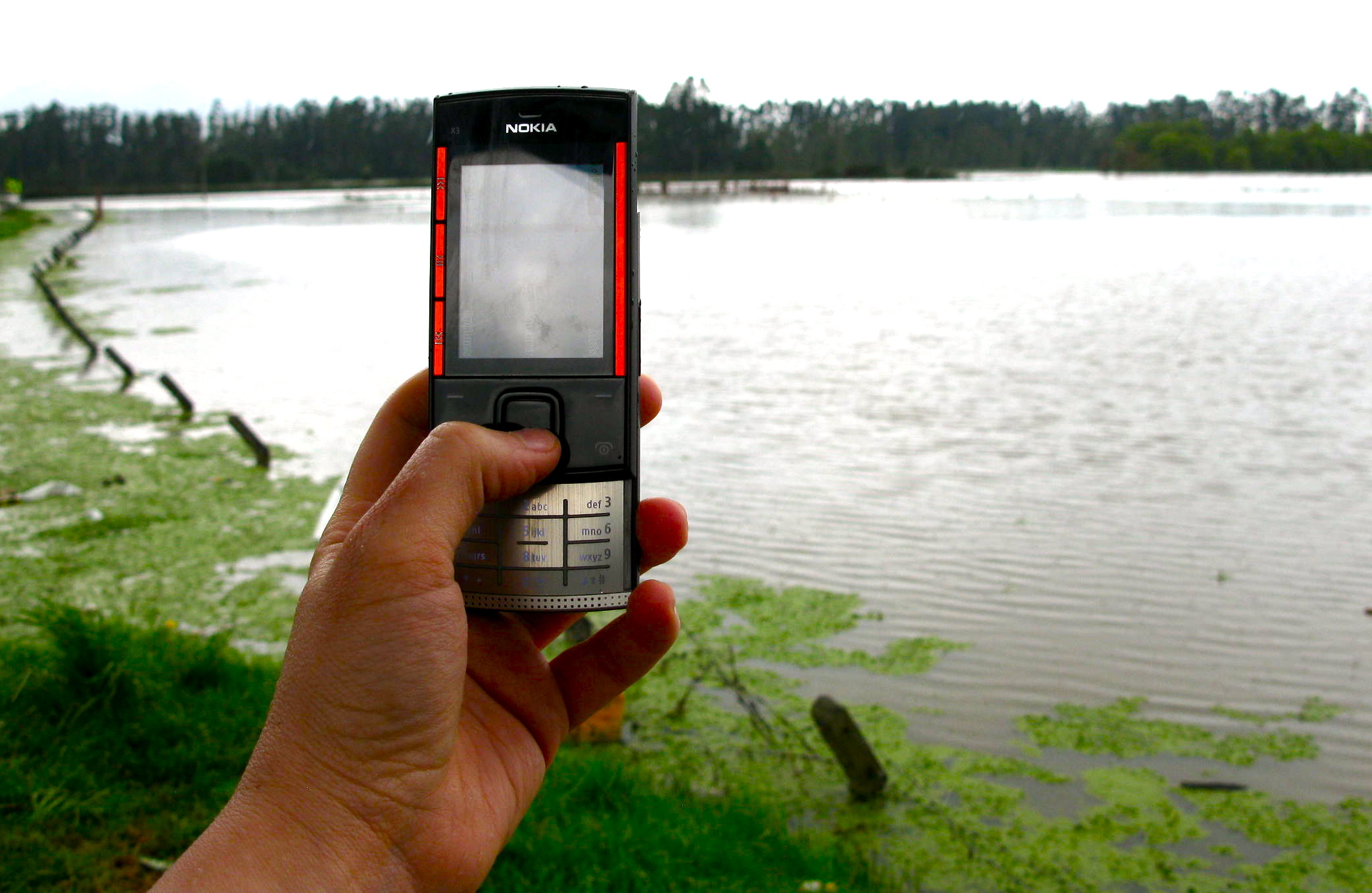
 Dealing with change requires the capacity to self-organise, while embracing novelty and experimentation.
Dealing with change requires the capacity to self-organise, while embracing novelty and experimentation.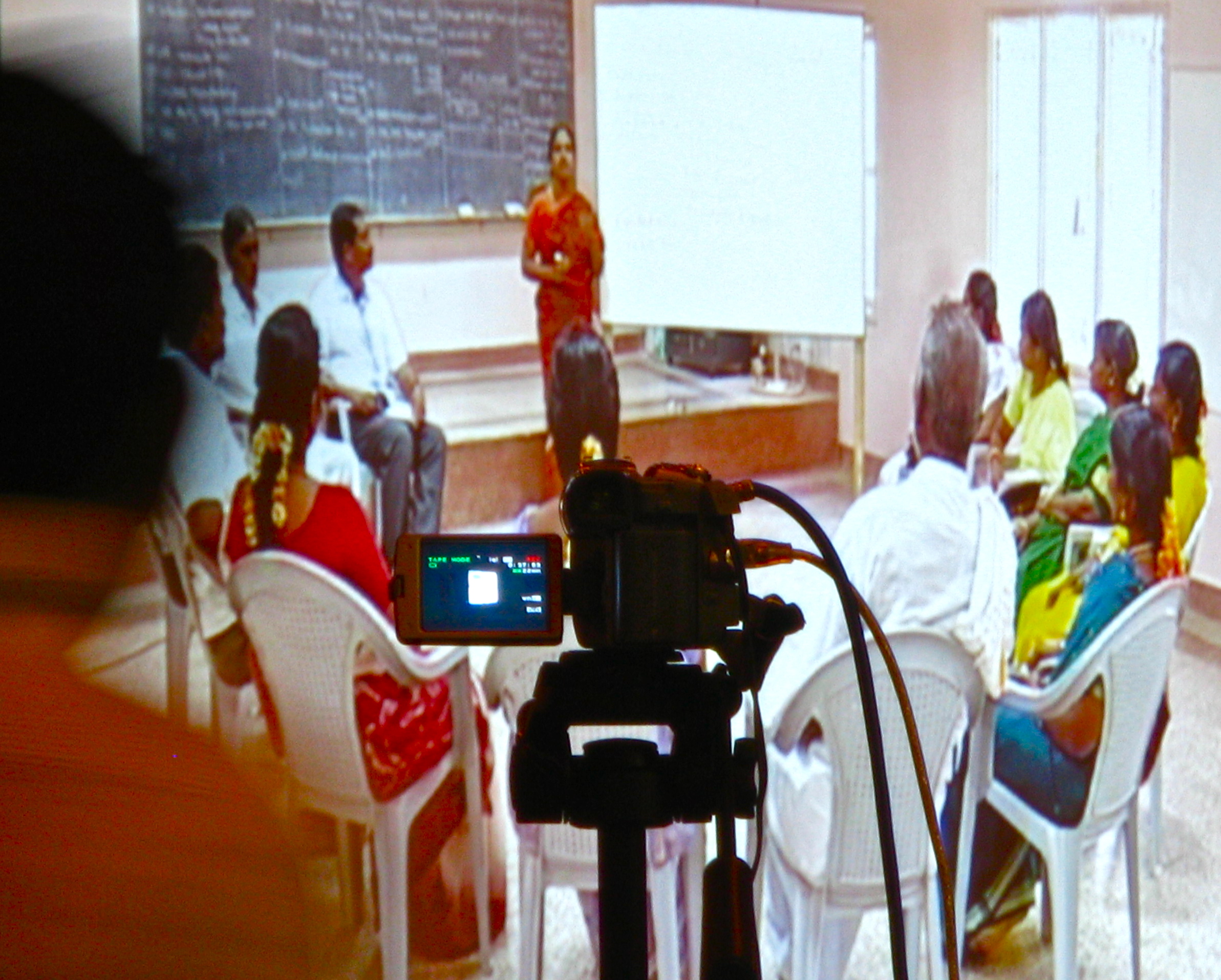 The increasing role of these communities in the response to climate change-related events reminds us of the importance of volunteerism, self-organisation, and ultimately, of community engagement towards more resilient and adaptable systems.
The increasing role of these communities in the response to climate change-related events reminds us of the importance of volunteerism, self-organisation, and ultimately, of community engagement towards more resilient and adaptable systems.